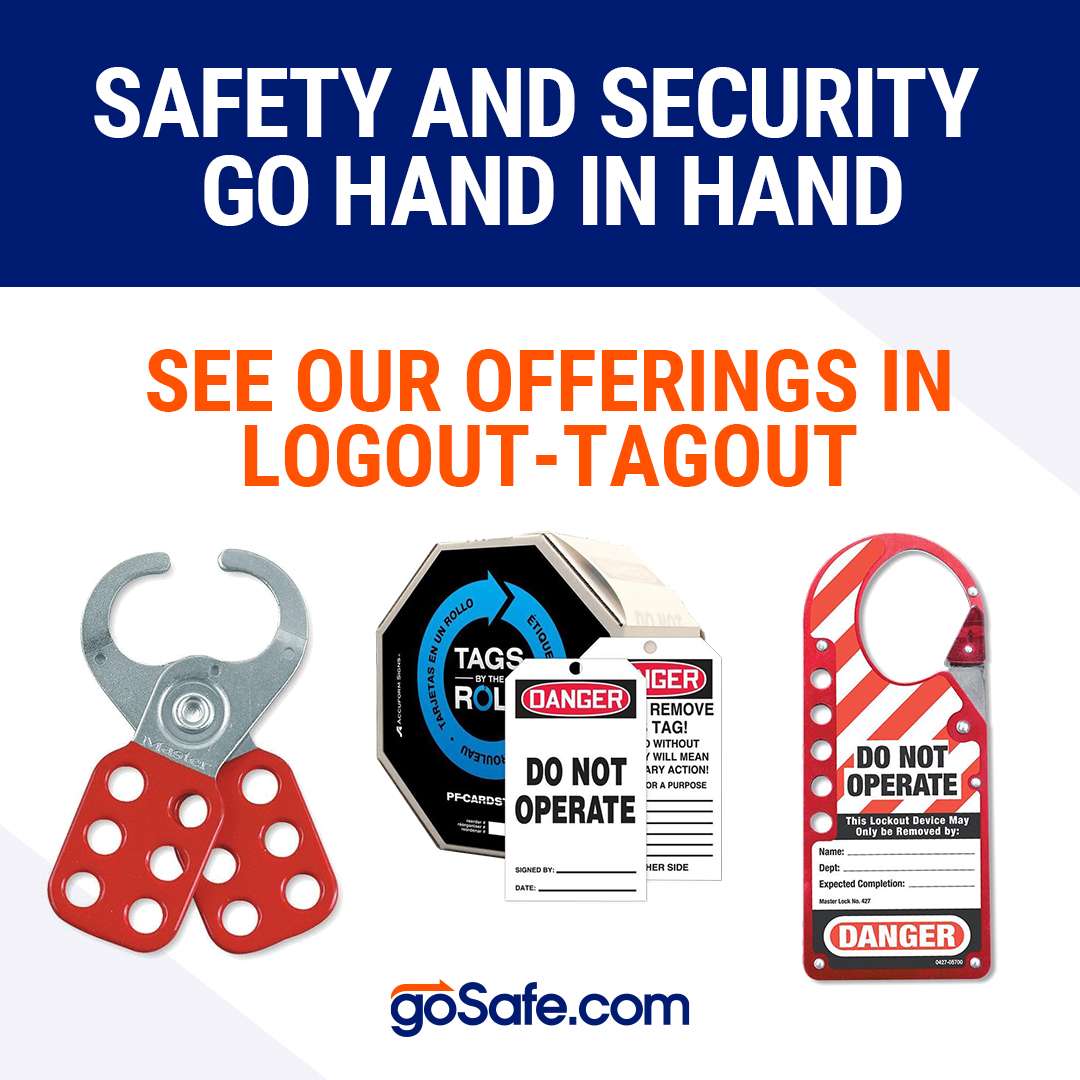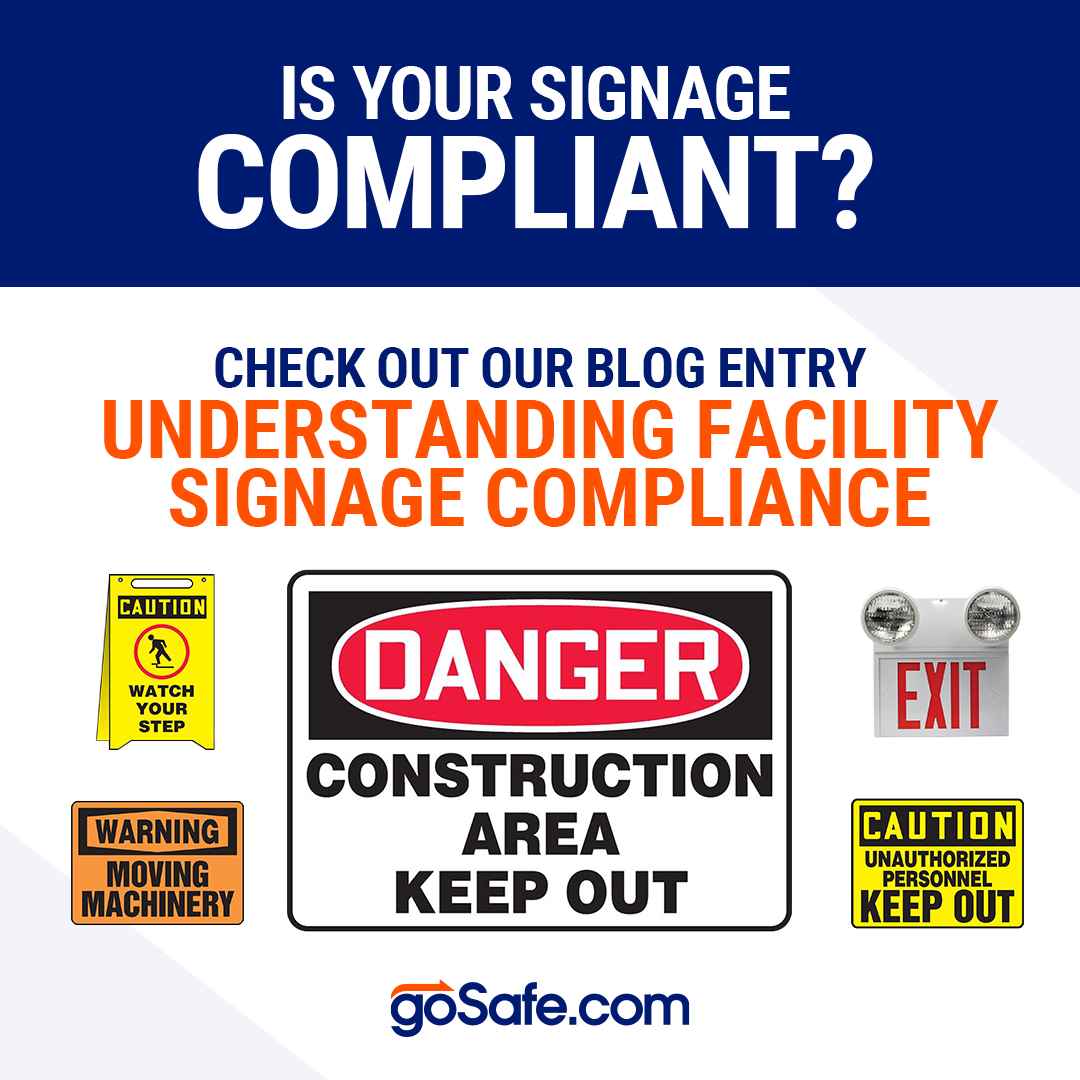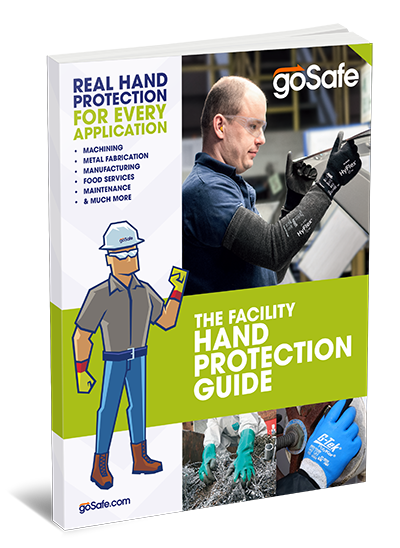For safety is not a gadget but a state of mind." - Eleanor Everet
While the above quote is spot on about safety being a state of mind, sometimes gadgets are necessary. This is especially true in sectors that work with dangerous machinery. When maintenance and upkeep need to be completed on such high-risk machines, employees and the management involved must ensure that all affected workers are kept safe during that process. One method that is employed in many industries is the lockout-tagout safety procedure (LOTO).
Why Lockout-Tagout?
Some machines have the potential to seriously harm individuals; whether it is with ultraviolet light, hot fluid, moving chains, moving presses, pinch points on conveyor belts, blades, electrical heaters, propellers or some other dangerous mechanism. Furthermore, there is the potential for harm that can come from how the machine is powered. This could include any of the following:
- Chemicals, water, or other fluids
- Electricity
- Kinetic spring tension
- Hydraulic pressure line
- Gravity
- Hydraulic accumulation pump
- Thermal
- Pneumatic compressed air
- Steam
- Gas
All of these components and power sources have the ability to injure unprepared workers. To ensure this does not happen, lockout-tagout is the process that walks workers through the proper energy control of these dangerous machines. It is only when servicing or maintenance work has been completed that the machine can be powered on and started up again.
In many countries, this procedure is mandated by law. More specifically, in the United States, it is mandated in several ways. The National Fire Code, which is adopted by individual states, has lockout-tagout procedures in its National Electric Code. And then there is the Occupational Safety and Health Administration, also known as OSHA. While the National Fire Protection Association simply includes lockout-tagout in their NFPA70E Standard for Electrical Safety in the Workplace, OSHA utilizes the procedures in CFR 1910.147, 29 CFR 1910.269, 29 CFR 1910.179, and 29 CFR 1910.333.
The end goal of all of these regulations is to protect the worker and ensure that they are protected adequately from any hazardous energy. Compliance to these codes is strictly regulated; with companies needing to fulfill five components in order to be considered fully compliant by OSHA:
- Creation of a full lockout-tagout program
- Inclusion of a company-wide lockout-tagout procedure
- Training for authorized and affected employees in lockout-tagout
- Ownership of lockout-tagout devices and locks
- Annual lockout-tagout audit
How Is Lockout-Tagout Implemented?
There are two types of lockout-tagout. There is the individual procedure and then there is the group lockout. One is not necessarily better than the other; they should just be used in different circumstances. When it comes to an individual lockout-tagout, one person is responsible and has the power to shut down the machine, as well as start it back up again. The process starts with isolation, or the removal of any energy source. To do this the individual responsible for the lockout-tagout announces the shut off and then identifies the energy source or sources. Next, they isolate the energy sources and lock and tag them. Finally, they need to prove that the isolation is effective—they should attempt to turn on the machine in order to check that it is, indeed, isolated.
The group lockout is not significantly different from the individual version. The main difference is that because multiple workers may be working on different parts of the machine, multiple padlocks are attached to the device. In other words, every worker who is servicing the equipment places their own padlock on the device, and then the machine cannot be activated until each worker has completed their portion and removed their padlock from the device.
There has been discrepancy over the years, from company to company, in terms of who is allowed to take the tag or lock off. Some are more relaxed and allow the control device to be taken off as long as there is oral permission given by the worker who put it on in the first place. However, some companies have stricter and more defined policies. If a worker who tagged the equipment has left the site, in order to get the tag off, the worker must come back and personally remove it—they cannot just give permission over the phone. Some companies go a step further and require that the placement and removal of the tag must be supervised by the employer. It's important to note that miscommunication is a likely cause of most lockout-tagout injuries and fatalities; keeping clear and concise written documentation of energy control procedures will make sure all affected workers are on the same page and stay safe.
What Lockout Devices Are Best?
Different lockout devices need to be used for different purposes. Manufacturers currently provide a wide range of devices for isolation that can fit the various effectors, valves and switches. Most are brightly colored, so that they can easily be seen and while they can be broken off with moderate force, any tampering is visible.
Some of the devices are gate or ball valves or clam-shell devices, so that the valve can be completely surrounded or the device can be fitted to the pipe and prevent movement or manipulation. The Stout 120/240 Circuit Break Lockout Single Pole is one popular device that uses pump action to secure the lockout to the breaker switch. All of these devices should be accompanied with lockout tags that make various indications; such as a high voltage, an electrical hazard and so on. To ensure that the lockout-tagout procedure is as effective as it can be, it takes a combination of procedural planning, training and the right equipment.








